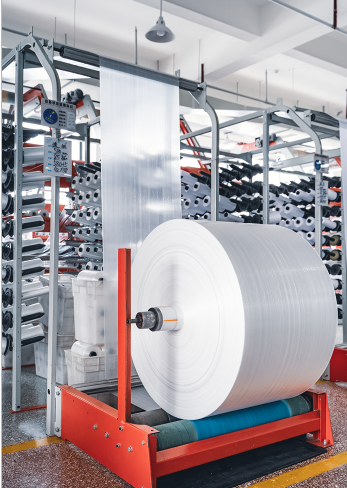Temporary cofferdam construction is essential for projects requiring dry conditions in wet environments, and bulk sandbags are a practical and effective solution. These durable bags, called cubic yard bags or tonner bags, offer versatility, cost-efficiency, and reliability. This article explores the uses, benefits, and best practices for utilizing bulk sand bags, along with detailed insights for beginners.
What Are Bulk Sand Bags?
Bulk sandbags are large, heavy-duty woven polypropylene (PP) bags designed to hold significant quantities of sand or other materials. Typically, these bags are available in various sizes, with cubic yard bags being the most common for construction and water control projects. They are widely used for temporary dam construction, flood protection systems, and erosion control measures.
Key Features of Bulk Sand Bags:
- Capacity: Can hold up to one cubic yard of sand or approximately 3,000 pounds of material.
- Durability: Made from robust, tear-resistant PP fabric.
- Flexibility: Customizable heights and configurations for irregular riverbeds or varying water depths.
- Eco-Friendly: Reusable, reducing waste in long-term projects.
Why Choose Bulk Sand Bags for Temporary Cofferdam Construction?
Constructing a sandbag cofferdam requires materials that are durable, flexible, and easy to handle. Bulk sandbags meet these criteria and offer additional benefits:
Bulk sandbags are easy to transport and fill, saving valuable time during emergencies or tight project deadlines.
These bags can be stacked to various heights and adjusted to fit any terrain, making them suitable for irregular waterbeds.
Filled with clean sand or gravel, they create a sturdy barrier. Alternatively, water bag dams can temporarily solve specific hydraulic engineering tasks.
Their reusability and large capacity reduce the number of bags needed, making them an economical choice compared to traditional sandbags.
How to Build a Cofferdam Using Bulk Sand Bags
Here’s a step-by-step guide to help you create a compelling and secure sandbag cofferdam:
1. Preparation
- Identify the area to be enclosed by the cofferdam. Assess the riverbed or waterbody for depth variations and any irregularities.
- Ensure the site is clear of debris and sharp objects that could compromise the integrity of the dam.
2. Gather Materials
- Use cubic yard bags filled to 95% capacity with clean sand or gravel. This provides the necessary stability while allowing some flexibility during stacking.
- Include polyethylene tarps or liners to prevent water seepage between bags, enhancing the effectiveness of your sandbag cofferdam.
- Keep traditional sandbags on hand to fill smaller gaps or areas where larger bags like tonner bags may not fit.
3. Placement and FIlling
- Begin by placing the largest bulk sandbags at the base. Arrange them in a staggered, overlapping pattern to ensure there are no gaps in the structure.
- Continue stacking the bags layer by layer, adjusting for height based on water depth. Ensure proper alignment for maximum stability, especially in areas with strong currents.
4. Seal the Dam
- Use smaller large sandbags or traditional sandbags to seal edges and corners where dam bags may not fit snugly.
- Compact additional materials like gravel around the edges for irregular or uneven surfaces to further secure the structure.
5. Maintenance
- Once the temporary dam construction is complete, inspect the structure regularly for water seepage or shifting signs.
- Reinforce weak areas by adding more bulk sandbags or replacing damaged ones.
- Remove debris and sediment that may accumulate around the dam, impacting its performance over time.
Conclusion
Bulk sandbags are an essential tool for temporary cofferdam construction, providing reliable solutions for water diversion, erosion control, and flood defense. With proper usage and high-quality materials like those from XIFA Group, these versatile products ensure safety, efficiency, and sustainability for construction projects.
Explore XIFA Group’s wide range of products and elevate your project today!
XIFA Group uses only high-quality sources, including peer-reviewed studies, to support the facts within our articles. Our commitment to accuracy and reliability ensures that readers receive well-researched information they can trust.




